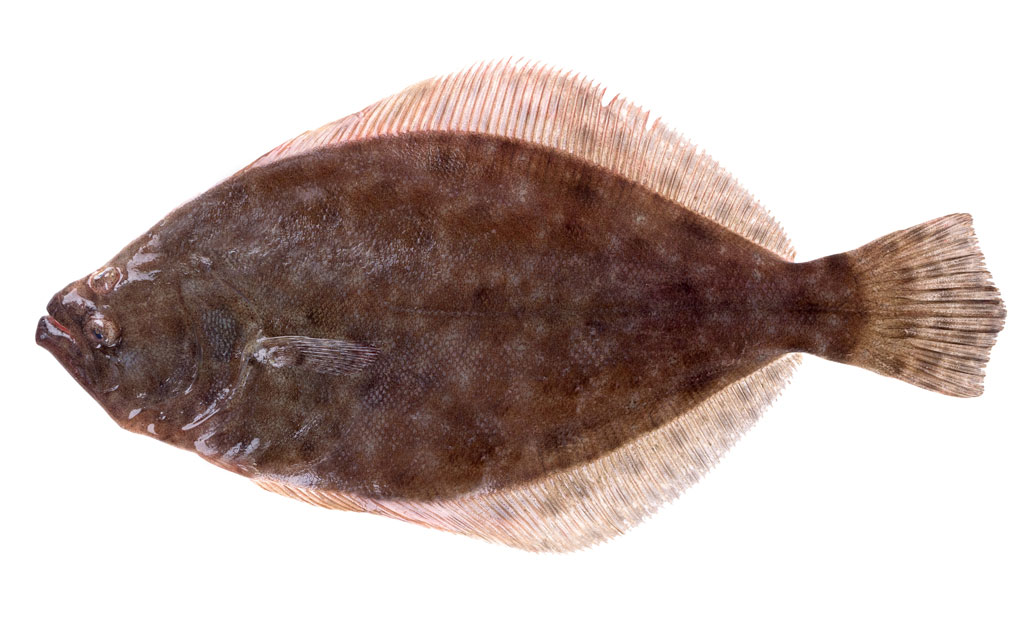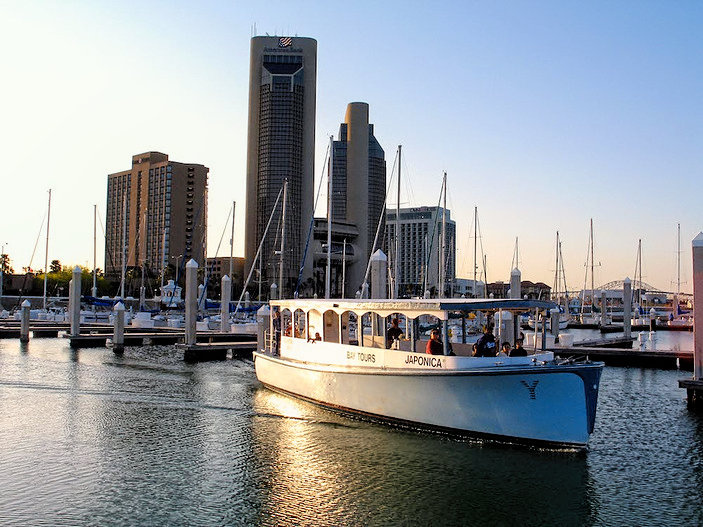Aging and unused oil platforms in the Gulf of Mexico form the largest man-made reef in the world, but they are being removed at a faster rate than ever. Federal regulations require energy companies remove these structures after several years of inactivity. Congress has been researching the issue and recently turned to Dr. Greg Stunz of the Harte Research Institute of Gulf of Mexico Studies, Texas A&M University-Corpus Christi, for more information on whether rigs should stay or go.
Stunz testified before a vongressional oversight hearing of the House Subcommittee on Energy and Mineral Resources on “Reviewing Recent State Successes with the Rigs to Reefs Program.” This is the first time since 2003 that Congress has addressed the issue in a public hearing.
“Rigs-to-reefs is an under-utilized option in the fisheries manager’s toolbox,” Stunz said in his testimony. “They produce fish, reduce pressure on natural systems and are a wonderful example of the partnership between the oil and gas industry and resource managers, where both the Gulf environment and economy benefit.”
Only 3,000 of the 6,000 abandoned oil rigs in the Gulf of Mexico remain and are still being removed. An effort that began in 2012 has been given new life with the recent hearing, reported the Coastal Conservation Association. The nonprofit group has worked with Congress over the past five years to revise reefing regulations to make it easier for energy companies to leave their structures in the water, where they attract marine life.
“We are encouraged to see Congress continue to take an active interest in this issue because those structures are the basis for thriving ecosystems that sustain an immense diversity of life in the Gulf of Mexico,” said Patrick Murray, president of CCA National. “We appreciate the efforts of this committee and look forward to working with Congress to ensure we protect those structures that are shown to harbor thriving marine ecosystems and are of value to recreational anglers.”
The battle is over whether the reefs are actually increasing marine life or just attracting existing marine life to one particular area. Stunz testified that a survey conducted in the northwest Gulf since 2012 shows both theories are true. He also added that both are beneficial, since attracting fish also attracts recreational anglers and divers who might otherwise utilize more environmentally sensitive habitats.
“Rigs-to-reefs structures act as recruitment habitat for juvenile fish and are important to a variety of species at different life stages,” Stunz told the committee. “We observe higher densities of fish, faster growth or at least the same growth rate, and even similar reproductive output when compared to natural bottom. Thus, by all measures, our data shows rigs-to-reefs are functioning equivalently or better (than Mother Nature) and contribute similarly on a per-capita basis as natural habitat.”
To turn an oil rig into a reef, the top is cut off, leaving enough room for boats of all sizes to pass over without hitting the structure and enough at the bottom to sustain an ecosystem of marine life. The practice not only encourages underwater growth, it also stimulates the economy on land.
“It helps the people of the Coastal Bend, it helps our economies, and most importantly, the Gulf environment,” Stunz said. “(The rigs) develop flourishing ecosystems … and it enhances our fish stocks, and the anglers love them because they make good fishing spots."
Divers, too, would like to see more artificial reefs in the Gulf. Corpus Christi resident James Gourley, a one-time dive instructor-turned-contractor, said he regrets the loss of rigs already removed.
“It’s the end of an era,” he said. “A whole ecosystem was eradicated from the Gulf of Mexico. I’m glad my kids got to experience it before they were removed.”
With that in mind, Stunz encouraged Congress to “take an active interest to ensure as much of this habitat stays in the water as possible.”
Menu
- Vacation News
- Events
- Guides
- 101 Best of
- 101 Fun Things To Do
- Attractions and Activities
- Automotive Guide
- Beach Activities
- Beaches
- Best In Corpus Christi
- Business Spotlight
- Corpus Christi Living
- Dining Guide
- Eat and Drink
- Fiesta de la Flor
- Final Arrangements Guide
- Financial Guide
- Healthy Living Guide
- Home Improvement
- Insurance Guide
- Lawn & Garden Guide
- Legal Guide
- Medical Guide
- Museums & Culture
- Newstand
- Parks
- Party Planning Guide
- Personal Services
- Pilar
- Real Estate Guide
- RV Living
- Senior Living Guide
- Shopping
- Stay
- Tattoo Guide
- Texas SandFest
- Volunteer Guide
- Wedding Guide
- Worship Guide





